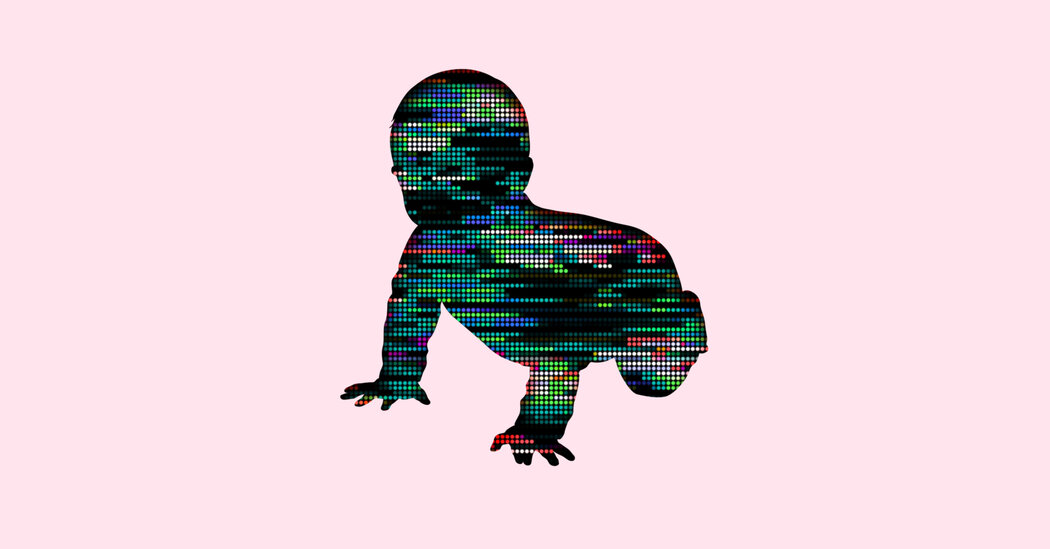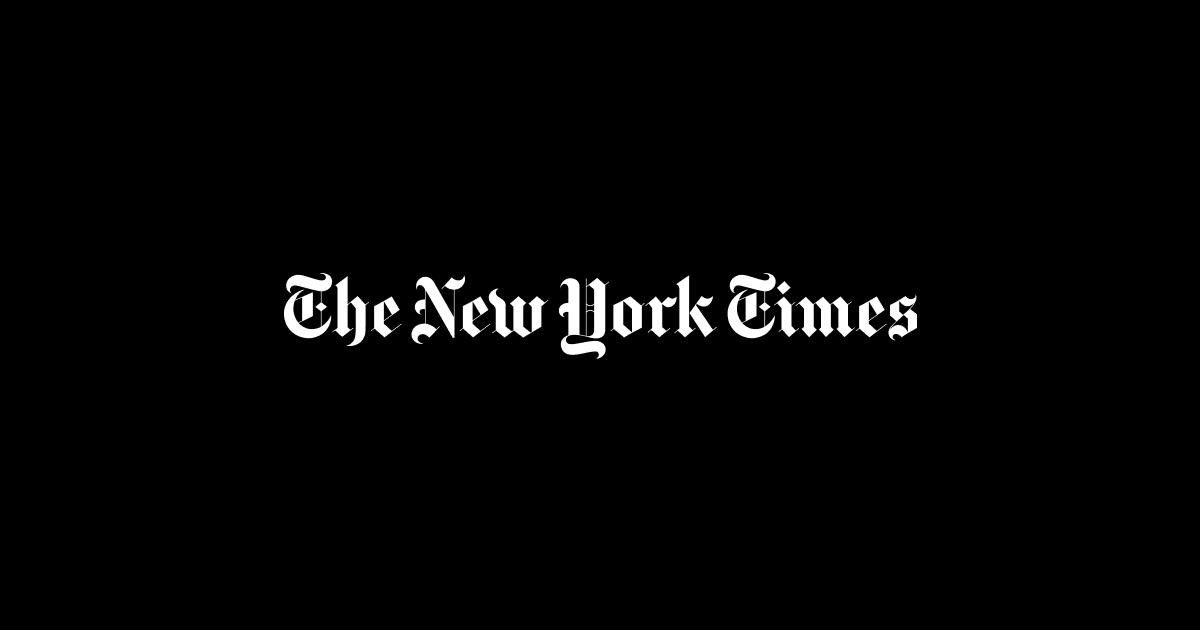Should you be eating food products with fewer ingredients?
2 hours agoShareSaveMaryLou CostaTechnology ReporterShareSaveKerry ClaytonFor gluten-free, citrus-free and tomato-free Kerry Clayton, shopping and cooking is a challenge.As well as her own food requirements, her 10-year-old son is dairy and wheat-free.The family shops at multiple stores each week to get the best free-from options, cooks adaptable meals like jacket potatoes and pasta, and makes cakes and cookies from scratch.She spends about an hour a week baking, on top of running two online jewellery businesses and parenting another child.When M&S launched its Only range in March, with products featuring six or fewer ingredients, Ms Clayton described it as “a dream”.That was despite higher prices – its one-ingredient corn flakes cost £2.50 for a 325g box, compared with 90p for 500g of the standard kind.”For standard shoppers, it seems a lot, but for us with allergies, it’s about normal,” says Kent-based Ms Clayton.”It’s hard to find enjoyable things we can all eat. If you’re used to the luxury of standard cereal, you might not enjoy alternatives, or understand the extra cost – but for those of us that need low ingredient food, it’s perfect.”Life might just be about to get a lot easier for Ms Clayton. More retailers and food brands are taking M&S’s lead to offer more items containing fewer ingredients, prompted by the concern around ultra-processed food (UPF) that has been growing since Dr Chris Van Tulleken released his book, “Ultra-Processed People”, in 2023.Less processed is growing in popularity.Matthew Hopkins, founder of IND!E, a platform which helps small food and drink brands get into big retailers, says he’s seen a 40% increase in retailer enquiries over the past year about products with fewer ingredients. He is taking bigger orders specifically from Ocado, Selfridges and John Lewis.”Retailers are responding to growing consumer demand for simpler, more recognisable ingredient lists,” says Harrogate-based Mr Hopkins.IND!EFeeling the need to offer a less-processed product, plant-based brand THIS, which makes meat-free sausages, burgers, chicken and bacon, has recently launched a new Super Superfoods range.It’s designed to be the protein component of a meal, and features natural ingredients, like beans, seeds and mushrooms.THIS is also responding to surveys indicating that shoppers are avoiding meat replacement products, due to their processed nature and the presence of artificial additives.Luke Byrne, innovation and sustainability director at THIS is concerned about “consumer confusion and hesitation”.”We understand we are classified as a UPF, however, that has little bearing on whether our products are healthy, because their nutritional properties are extremely good. Our products are high in protein, high in fibre, low in saturated fat and low in sugar,” says London-based Mr Byrne.”It has been frustrating in many ways as it has shifted the focus away from the most important thing about food, which is the nutrition aspect.”So has the public been misled that all ultra-processed food is bad, and all unprocessed food is good?Nutritionist Dr Laura Wyness thinks so, expressing disappointment that the M&S Only range puts “hype over health”.”It may be that consumers are looking for products with shorter ingredient lists, but to leave out fortified nutrients is a backwards step for public health nutrition. We should be encouraging more nutrient dense foods in the diet, and fortifying products such as plant milk and dairy alternatives and breakfast cereals,” says Edinburgh-based Dr Wyness.”This seems like one occasion that the customer is not always right – mainly due to the misinformation that is informing their food choices.”Dr Jibin He says UPF as a term is not a helpful indicator of whether something is healthy or unhealthy, as the concept, and how it is explained to the public, is flawed.Processed food, Dr He notes, will remain an essential part of feeding a large and growing human population, as processing ensures food safety, extends shelf life, and reduces waste.”Take tofu as an example. It is a great source of protein, low in fat and considered as a healthy alternative to meats, particularly red meat. It is also more environmentally friendly.However, tofu would be considered as a UPF whereas red meat would be an unprocessed food,” says Dr He, who is head of science and a chartered food scientist at Teesside University. He has also collaborated with food manufacturers and food technology companies to improve processing technologies.For food brands wanting to create less processed products, Dr He advises that it can be done by simplifying the formulas of existing products, and looking at new processing and packaging technologies that mean fewer ingredients can be used.”Many food products have extremely complex formulas, and a manufacturer may not fully understand the functions of each listed ingredient in their formula.”I would advise food manufacturers to closely examine their formulas and identify which ingredients are absolutely necessary and which they can do without,” Dr He recommends.”Novel food processing technologies can also help produce products with higher nutritional retention and longer shelf life without significantly altering the physical structure and chemical composition of the food.”Dr He is also expecting a rise in marketing to push the virtues of less processed food products, as well as to justify their higher price points.Premium porridge brand 3Bears, for example, recently launched its own range of low ingredient breakfast cereals, in partnership with footballer Harry Kane. Mr Kane appears in product promotion, and is also a company shareholder.3Bears’ oat cinnamon loops, containing seven ingredients, are priced at £3.99 for 250g.That’s compared with Only multigrain hoops from M&S, containing five ingredients, at £2.50 for 300 grams, while Waitrose Essential multigrain hoops are £1.25 for 375 grams, and contain 22 ingredients.”With our oat flakes it was really hard to get the texture and crunchiness right – as we only wanted to use three ingredients, and oats are very different to process than other grains. With the costs of creating products with fewer ingredients higher and the process harder, the price points are reflective of this,” explains 3Bears co-founder Caroline Nichols.3 BearsFor some foods, the debate over UPF, seems less of a problem. The UK confectionery market continues to grow steadily, and is worth about £14.8bn, despite it having a high proportion of UPF products.Ice cream ball brand Little Moons might list over 30 ingredients on some of its flavours, but it now exports from the UK to 35 countries, and supermarkets have copied it with own-brand versions.Ross Farquhar, the company’s marketing, innovation and sustainability director, is confident that treat food brands can ride out the UPF storm, so he isn’t in a hurry to slash Little Moon’s ingredient list.”The reality of a category like ice cream is that certain ingredients are needed to keep the product stable through the food supply chain, like emulsifiers and stabilisers. So unless we’re all going to start making ice cream at home regularly then off-the-shelf ice cream still has a role to play,” says London-based Mr Farquhar.”I’m sure the M&S ‘Only’ chocolate bars are delicious, but they’re speaking to a very specific audience, and I doubt the big confectionery brands are going to be willing to compromise the core product attributes consumers love.”
Read more →






